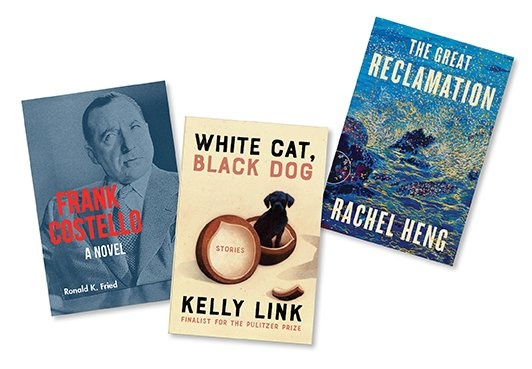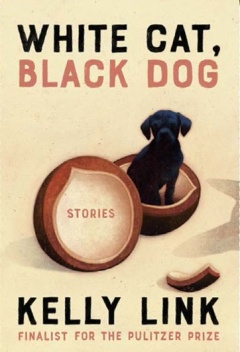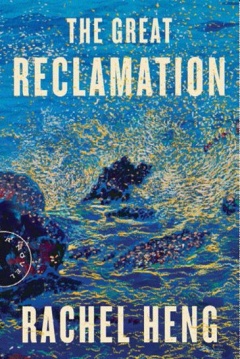Columbia College | Columbia University in the City of New York
Bookshelf

Healthcare Upside Down: A Critical Examination of Policy and Practice by Dr. Henry Buchwald ’54. Buchwald, a surgeon and professor, and the author of hundreds of medical publications, offers critique on the current state of healthcare in the United States (Springer, $44.24).
Science Goes to the Movies: From Black Holes to Killer Robots by Michael Franzblau ’61. Could the subjects of sci-fi movies actually be possible? Franzblau considers the question by examining a variety of topics including artificial intelligence and alien life (Bowker, $9.95).
Mission Possible: Getting Change People Want by Frank Stoppenbach ’62. An account of Stoppenbach’s history of advocacy and adventures in New York politics, as well as insights into recent changes in the computer industry (The Troy Book Makers, $29.99).
The Theory and Practice of Reception Study: Reading Race and Gender in Twain, Faulkner, Ellison, and Morrison by Philip Goldstein ’66. Goldstein’s study shows how these four authors’ novels forcefully undermined racial and sexual divisions in the South and contemporary culture in the 19th and 20th centuries (Routledge, Kindle edition, $52.95).
Ruin: A Novel of Flyfishing in Bankruptcy by Leigh Seippel ’68. After financial disaster, a young couple flees Manhattan for the Hudson Valley, where the husband takes up fly fishing with a charismatic and eccentric new friend (City Point Press, $27).

Growing Up Getty: The Story of America’s Most Unconventional Dynasty by James Reginato ’83. The author offers a revealing look into the extraordinary lives of the sons, grandchildren and great- grandchildren of oil magnate J. Paul Getty. (Gallery Books, $17.99).
Marcel Breuer: Shaping Architecture in the Post-War Era by John Poros ’85. In each chapter, Poros studies a specific Breuer building and puts it into context alongside other post-war architectural movements such as Brutalism and Surrealism (Routledge, Kindle edition, $52.95).
Vidding: A History by Francesca Coppa ’91. A close read about the art form and subcultures of vidding — in which fans edit an existing film, music video, TV show or other performance and set it to music of their choosing (University of Michigan Press, $29.95).

Where Paralytics Walk and the Blind See: Stories of Sickness and Disability at the Juncture of Worlds by Mary Dunn ’98. Dunn explores the time of early Catholic Canada under French rule and shows it to be a period rich with alternative understandings of infirmity, disease and death (Princeton University Press, $29.95).
There Is No Place Without You: Poems by Maya Bernstein ’00. This debut volume of poetry delves into the deep subjects of motherhood, contemplation, religion and the effects of illness on the body and spirit (Ben Yehuda Press, $14.95).
Fit Nation: The Gains and Pains of America’s Exercise Obsession by Natalia Mehlman Petrzela ’00. Petrzela confronts contemporary exercise culture and answers the question of how fitness has become both inescapable and inaccessible (University of Chicago Press, $29).
The Guide to Being a Dictator’s Mistress by Cedric Mendoza-Tolentino ’05. In this collection’s title story, characters are trapped in the orbit of those ruling with an iron fist and must find ways to survive (Unsolicited Press, $18).

— Jill C. Shomer
Issue Contents
Published three times a year by Columbia College for alumni, students, faculty, parents and friends.
Columbia Alumni Center
622 W. 113th St., MC 4530, 6th Fl.
New York, NY 10025
212-851-7852
cct@columbia.edu
Columbia Alumni Center
622 W. 113th St., MC 4530, 4th Fl.
New York, NY 10025
212-851-7488
ccalumni@columbia.edu

